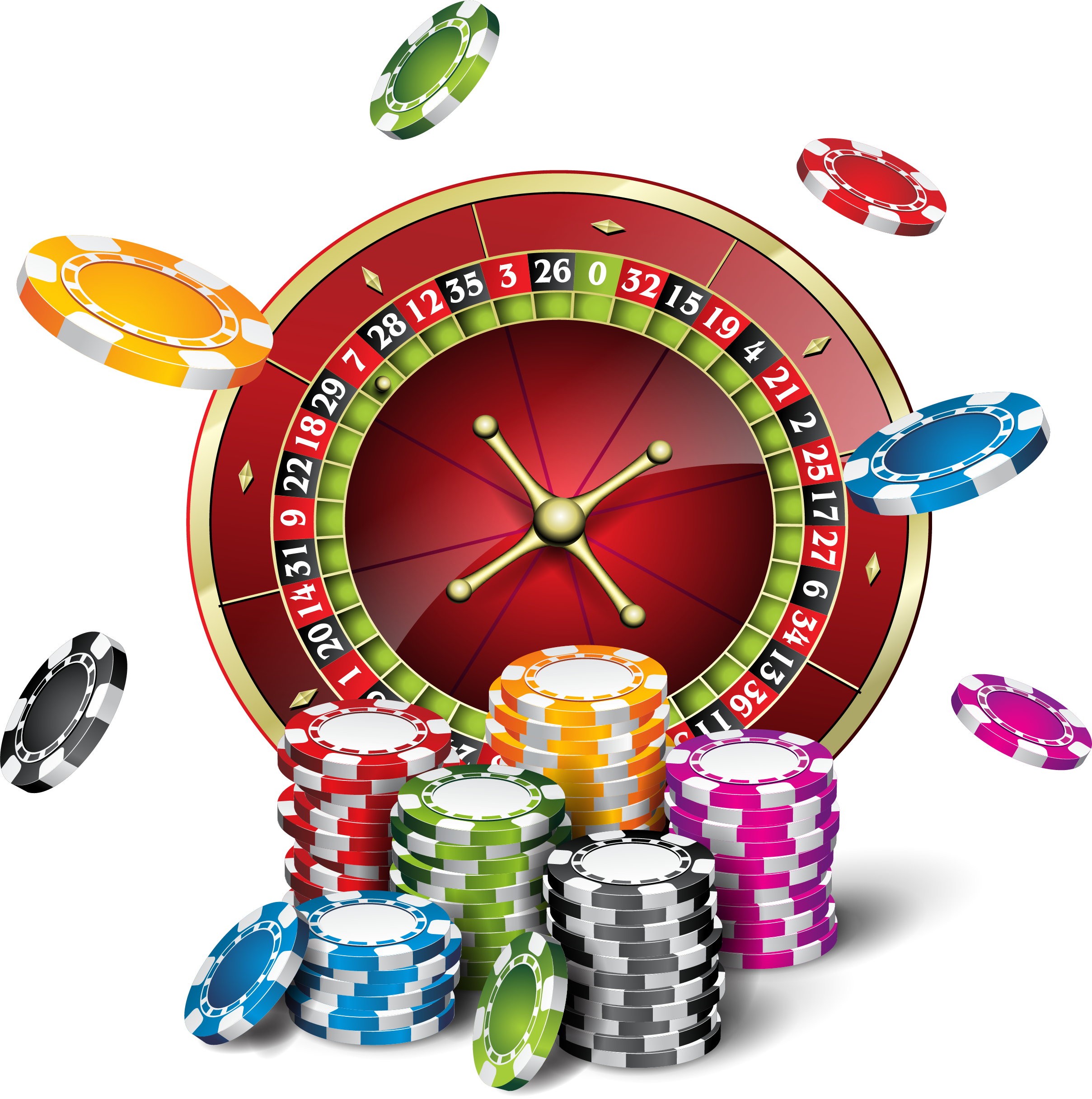When it comes to slot machines, players often become enthralled by the bright lights, intriguing themes, and the excitement of the reel spins. But beneath the glitz and entertainment lies an important concept that all players must grasp: RTP, or RTP. This key metric holds great importance in influencing how much of your wagered money will return to you over time, affecting your gameplay and strategy as you play.
RTP is typically represented in percentage terms and indicates the average amount of money returned to players compared to the total amount wagered. For instance, if a slot game has an RTP of 95%, it means that, on average, players should anticipate receiving $95 for every $100 they stake. Understanding this concept can help players make informed decisions when choosing which slots to play, ultimately improving their overall casino experience.
What is is RTP?

RTP, often called RTP, refers to a crucial factor within slot machine games. It represents the percentage of all wagered money which a specific slot is programmed to return to players over time. For example, if a slot has an RTP of 95%, this means that, in theory, players can expect to reclaim $95 for every $100 wagered over time. Understanding RTP helps players assess the possible profitability of different slots.
RTP is not a promise of specific victories but rather a average calculated throughout many spins. Each player’s experience might be different significantly as a result of the luck intrinsic in slot games. A better RTP suggests better odds for the player, thus making it a key consideration to consider when choosing the slots to play. Nonetheless, even with a high RTP, there can be stretches during which players experience losses, since randomness plays a significant role.
It is also worth noting that the slots available have diverse RTP percentages. Some slots may have a reduced RTP because of a significant entertainment or unique features, while others keep a higher percentage to entice more cautious players. Understanding RTP enables players to form wise choices about their gaming strategies and manage their funds efficiently while experiencing the excitement of casino slots games.
How RTP is Determined
The Return to Player, also known as Return to Player, is a critical indicator within the world pertaining to gambling slots titles. This represents the percentage of all wagered funds which a gaming device is expected to pay back to players over time. Understanding how this measurement is derived demands insight into both the slot’s architecture as well as its payout structure. The RTP is calculated via intricate calculations as well as statistical analyses executed in the course of the game development phase. Game developers consider various factors, which include the rate of successful combinations and the magnitude for returns on every combination.
In order to calculate this metric, developers model a significant quantity in terms of spins on the game. Such simulations aid identify how much on average, a player is likely to earn based on their bets. For instance, if a slot game has an average return of 95%, it suggests that, in theory, among every one hundred bet, gamblers should anticipate receive ninety-five bucks in return in the long term. That figure does not indicate the amount a player will win during a single play and during a few spins; rather, it reflects long-term payout expectations.
The values of RTP tend to be generally published from the gaming house or slot creator. Gamblers should consistently look for this data while selecting a slot game, because it can significantly influence their gaming experience. A higher RTP usually indicates a better probability to recoup a segment of bets, although individual sessions may differ considerably. Understanding RTP enables gamblers make informed decisions and enhance their overall experience within the world of casino slots.
Importance of RTP in Casino Games
Understanding the RTP or Return to Player is essential for any gamer involved in gambling on slots. RTP refers to the proportion of total bets that a game is engineered to return to gamers over time. A greater RTP indicates that gamers can anticipate receiving a larger share of their bets back, making it an significant factor for those attempting to maximize their gaming experience. Understanding this number helps players make smart choices about which slots to play, as it can greatly influence their chances of winning.
Furthermore, Return to Player plays a central role in the overall fairness and clarity of slot games. Gamers are often attracted to games with greater return rates because they provide a better opportunity of success over the long term. Casinos and software creators use RTP as a selling point to attract gamers, guaranteeing they maintain a competitive edge in the booming gaming industry. By understanding of RTP, gamers can select slots that align with their risk tolerance and objectives.
Finally, the idea of Return to Player encourages responsible gaming practices. Recognizing that not all games will provide immediate returns and that Return to Player is determined by extended play, players can regulate their expectations and gambling behavior effectively. đá gà trực tiếp This understanding enhances the enjoyment of casino slots while promoting a more sustainable gambling landscape. Gamers who grasp the significance of Return to Player are likely to have a better experience and reduce the risks of problematic gambling behavior.